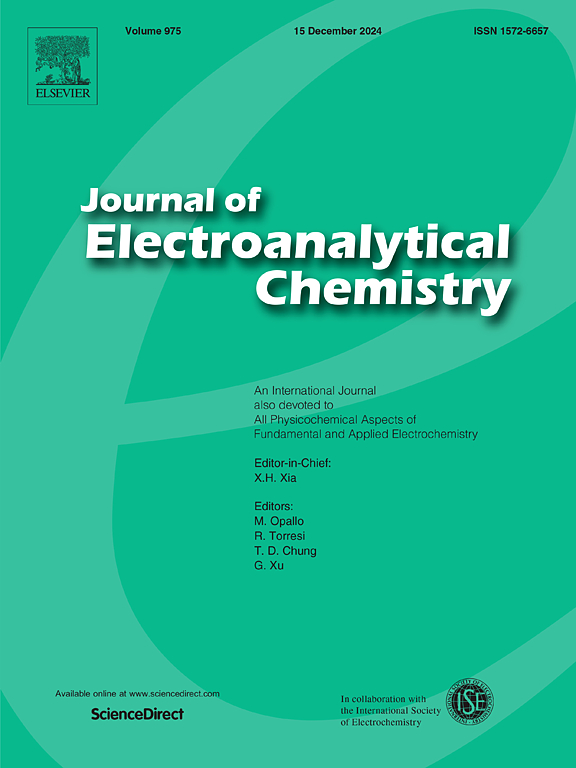A high sensitive microbial photoelectrochemical sensor based on Cuprous oxide @ Titanium Dioxide/MXene for the selective detection of Staphylococcus aureus in polymicrobial environment
IF 4.1
3区 化学
Q1 CHEMISTRY, ANALYTICAL
引用次数: 0
Abstract
Early bacterial detection is vital for tackling health challenges, enabling prompt treatment and improving patient outcomes. Staphylococcus aureus (S. aureus), a common pathogen involved in skin and mucous membrane infections, chronic periodontal diseases, and exhibiting high antibiotic resistance, demands accurate identification for effective treatment. Traditional methods for detecting S. aureus are hindered by long processing times, low sensitivity, and potential false positives. While Polymerase Chain Reaction (PCR) is effective, it faces issues like contamination and variable DNA concentration. This study presents a new, rapid detection method using a photoelectrochemical (PEC) biosensor with a Cuprous oxide @Titanium dioxide/MXene (Cu2O@TiO2/MXene) nanocomposite on a glassy carbon electrode. The synthesized nanocomposite, characterized thoroughly, achieved a low detection limit (1 CFU mL−1) and a linear range (1 to 10 CFU mL−1). The sensor showed excellent selectivity, repeatability, and stability with potential applications in real time food samples, extending to healthcare by improving bacterial infection detection.
求助全文
约1分钟内获得全文
求助全文
来源期刊
CiteScore
7.80
自引率
6.70%
发文量
912
审稿时长
2.4 months
期刊介绍:
The Journal of Electroanalytical Chemistry is the foremost international journal devoted to the interdisciplinary subject of electrochemistry in all its aspects, theoretical as well as applied.
Electrochemistry is a wide ranging area that is in a state of continuous evolution. Rather than compiling a long list of topics covered by the Journal, the editors would like to draw particular attention to the key issues of novelty, topicality and quality. Papers should present new and interesting electrochemical science in a way that is accessible to the reader. The presentation and discussion should be at a level that is consistent with the international status of the Journal. Reports describing the application of well-established techniques to problems that are essentially technical will not be accepted. Similarly, papers that report observations but fail to provide adequate interpretation will be rejected by the Editors. Papers dealing with technical electrochemistry should be submitted to other specialist journals unless the authors can show that their work provides substantially new insights into electrochemical processes.

 求助内容:
求助内容: 应助结果提醒方式:
应助结果提醒方式:


